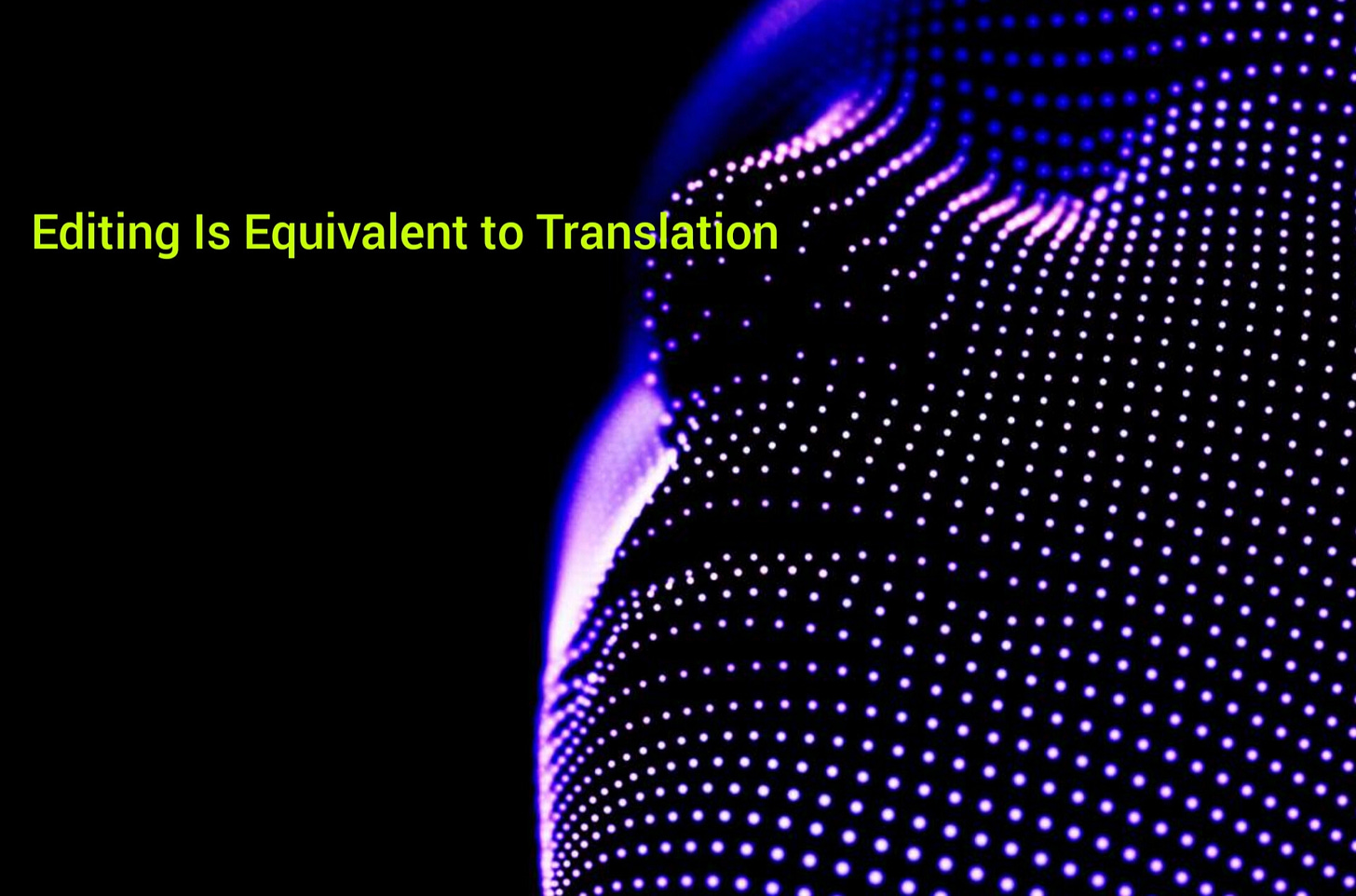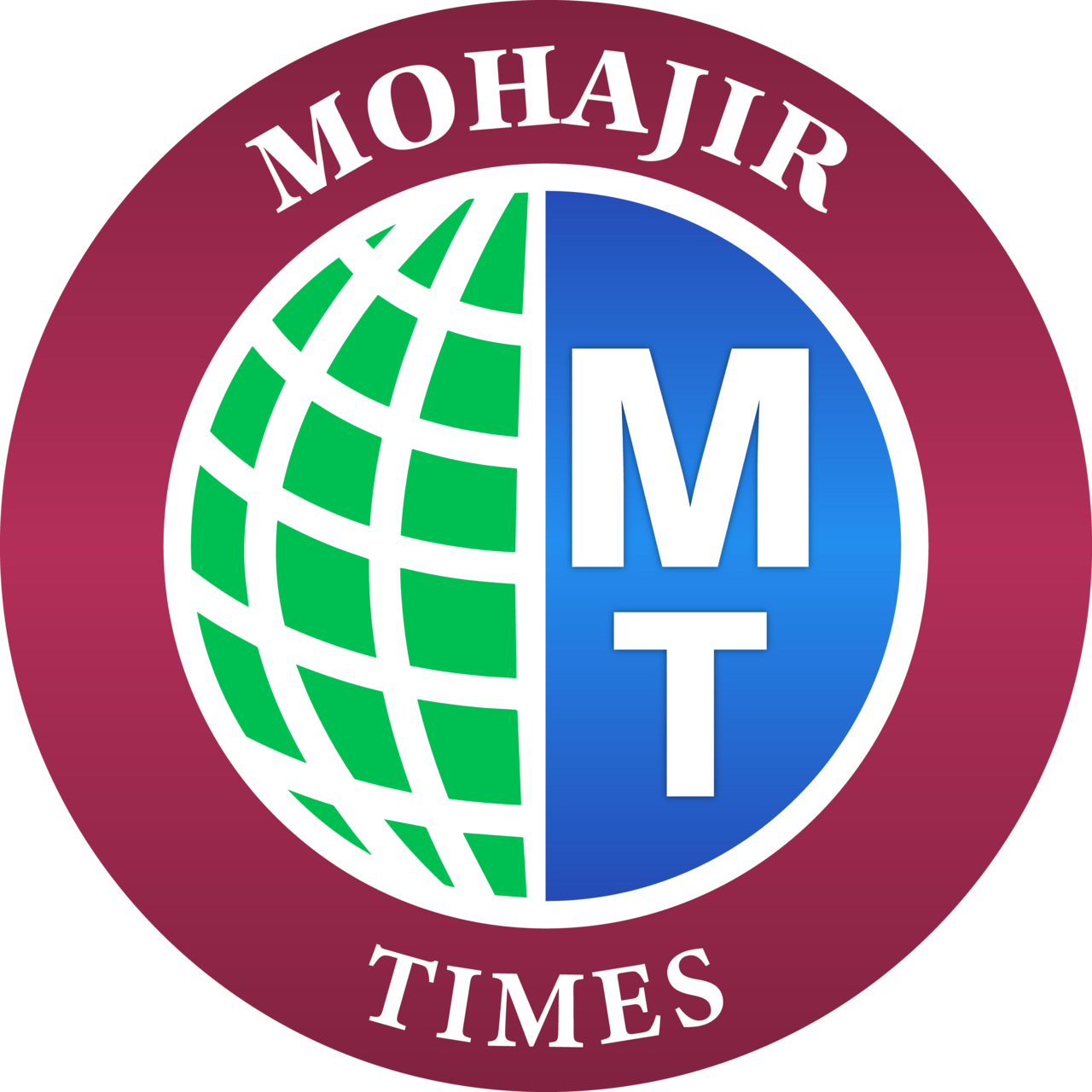Editing Is Equivalent to Translation
On the other hand, translation can be a technique and art, but this art requires science and knowledge in various related fields
Recently, Mohammad Kazem Kazemi “Very Brief” has mentioned an excellent topic on translated texts, including the process of editing translated texts, re-reading, identifying names in translated texts, and familiarizing with the geography discussed in translated texts. Besides being a skilled writer and a good poet, Mohammad Kazem Kazemi is also a talented literary editor. Kazemi is a well-known Afghanistani migrant writer and poet who often writes in cultural and social fields, especially about the Afghanistan immigration crisis.
Very Brief
The term “Very Brief” can mean that the complexities, subtleties, problems, shortcomings, lack of expertise, and abilities of translators and editors in written translation and editing translated texts are immense and significant. Therefore, skilled editors and critics like Mr. Mohammad Kazem Kazemi should criticize and correct these shortcomings. It can make better ways to develop quality and ideal translations in cultural, literary, and historical sectors; it should be developed.
Although, as Mr. Kazemi has pointed out, the translated texts do not only lead to re-reading and sample reading. But it also requires more familiarity with the translated texts’ editing styles, deletions, additions, loyalty to the author’s work, not distorting keywords and specialized words, clarification, localization and, so on.
From Maximum to the Minimum
Nevertheless, I occasionally do translation work as well. However, my work is not without any problems and mistakes. But it also has many errors and shortcomings. But the effort is that dear translators and editors can reduce such shortcomings and mistakes from maximum to minimum with a particular interest, with a general attitude, and with fundamental studies in the field of translation and editing, which are significantly related to each another.
Art and Technique
On the other hand, translation can be a technique and art, but this art requires science and knowledge in various related fields. Hence, a translator following an editor should have sufficient studies and knowledge about the topic under discussion from all dimensions and angles of a work.
These studies and knowledge include familiarity with the source and destination text, familiarity with the source and destination culture, familiarity with the discussed geographies, intimacy with the written names of people and places, intimacy with the issue of localization and culturalization or acculturalization in translation, and familiarity with editing styles in translated texts.
Editing Is the Same as Translation
Thus, I believe “Editing a Work Is Equivalent to Translating that Work.” Moreover, an editor’s work and responsibility are heavier than a translator’s work because the final output of a publishable text is prepared for publication with the responsibility of an editor. However, these shortcomings and problems in translation and editing works cannot be summed up as such, but it will require more time, research, and deep discussion of skills and principles.
Localization and Culturalization in Translation
Ultimately, most importantly, in the translation of texts and works, the issue of localization and culturalization in the skills and principles of translation is fundamental. Unfortunately, most translators do translations that they do not have a minimal knowledge of, but rather a correct understanding of the geographies, cultures, and cultural diversity of a discussed area.
Such trends, processing, and conditions cause the output translation of good work to face terrible consequences and results. Meanwhile, Iranian translators are extremely capable in terms of skills, principles, science, and knowledge in translation. However, in the culture and geography of Afghanistan, they have not always had ideal translations because they have not had much familiarity with Afghanistan regarding native, geographical, phraseological, and cultural aspects.
The Kite Runner Novel by Khaled Hosseini, Translated by Mahdi Ghabraei
So, the book “Kite Runner” written by Khaled Hosseini and translated by Mahdi Ghabraei, can be considered an example. Mahdi Ghabraei is one of the talented translators of fiction with a political science orientation and translated many famous works. In general, the translations of Mr. Ghabraei are so enjoyable and touch hearts. So, the translation of The Kite Runner book is not free of problems and mistakes in terms of phrasal methods, localization, names, and cultural synchronization despite the cultural diversity in Afghanistan.
Endnotes:





